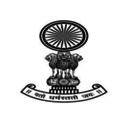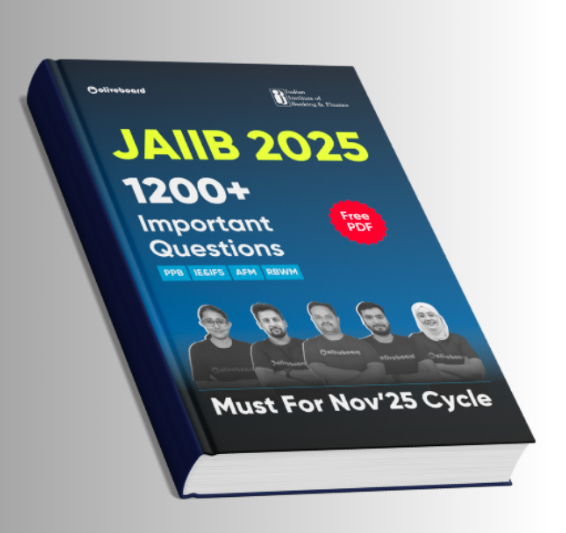
Exams

CLAT Exam Pattern - Complete details

The Association of NLUs (National Law Universities) releases the CLAT exam pattern each year including the number and the type of questions asked in the examination paper. Another crucial aspect of the CLAT exam pattern is that it mentions the weightage for each section of the exam. We advise that the applicants carefully go through the entire CLAT exam pattern before preparing for the CLAT examination. Once candidates go through the CLAT exam pattern, it helps them understand what type of a question paper they can expect and the number and type of questions they will ask in the CLAT examination. There are various other things that an applicant should be aware of, such as the marking scheme, language options available, and also the sections covered. An applicant can only understand such details by going through the CLAT exam pattern.
CLAT Exam Pattern Highlights
Following are the key features of the CLAT exam pattern, including the details about the kind of questions, test medium, and various other details:
| Specifics | Highlights of the CLAT exam pattern |
|---|---|
| Mode of exam | Offline Examination |
| Duration of examination | 2 hrs |
| Language | English |
| Questions Type | Multiple Choice Questions (MCQs) |
| Examination Subjects |
|
| Total Number of Questions |
|
| Maximum Marks |
|
| Marking scheme |
|
CLAT Exam Pattern Marking Scheme
Following are the details about the CLAT Exam pattern marking scheme:
- For every correct answer, candidates are given one mark.
- 0.25 marks will be deducted from the total marks for every incorrect answer.
- No marks are deducted or awarded for questions that are not attempted.
| CLAT Marking Parameters | Marks Given |
|---|---|
| Right answer | 1 mark |
| Wrong answer | -0.25 marks are deducted |
| Un-attempted question | 0 |
CLAT Exam Pattern - Key Highlights
- Passage-based questions: Other than the quantitative technique section, the remaining four sections comprise passage-based questions. The Current Affairs, English, and Logical Reasoning sections comprise 450-word passages. A series of questions follow each passage, and the Logical Reasoning section includes short passages of around 350 words.
- Total questions and marks: The CLAT UG exam comprise 150 MCQs, where each question carries 1 mark. There is a negative marking of 0.25 marks for each wrong answer.
- Descriptive section: There is no descriptive/subjective/essay writing section in CLAT LLM or CLAT UG. This section has been eliminated from the CLAT exam pattern for now.
- Quantitative Techniques section: This section includes brief sets of facts, graphs, pictorial representation, propositions, etc. The applicant has to go through these passages and representations to get the answers.
- Skills to be evaluated: The CLAT examination paper tests applicants' reasoning and comprehension skills. Thus, rote learning cannot help an applicant pass the examination.
- Exam difficulty level: The CLAT exam pattern is such that you can compare the difficulty of the CLAT examination to that of Class 12. The questions present in the quantitative techniques section are of Class 10 difficulty level.
- The total number of questions and marking scheme - The CLAT UG comprises 150 objective-type questions, while the LLM examination paper comprises 120 questions. Each question is for one mark, while for each wrong answer, 0.25 marks are deducted.
CLAT Exam Pattern Number of Questions Section-Wise Weightage
Following are the details for the CLAT UG Syllabus.
| Topics/Subjects | Total questions | Percentage Weightage |
|---|---|---|
| Current Affairs, including General Knowledge | 35 to 39 | 20 |
| English Language | 28 to32 | 20 |
| Legal Reasoning | 35 to 39 | 25 |
| Quantitative Techniques | 13 to 17 | 10 |
| Logical Reasoning | 28-32 | 20 |
Following are the details for the CLAT PG Syllabus
| Subjects | Total MCQ questions | Marks |
|---|---|---|
| Other Law Subjects, including Torts, Criminal Law, Contract, International Law, IPR and Jurisprudence. | 60 | 60 |
| Constitutional Law | 60 | 60 |
| Total | 120 | 120 |
CLAT Exam Syllabus
The CLAT syllabus includes details of the kind of questions asked in the examination. The syllabus includes crucial books and topics that applicants must study well for the CLAT examination. A few of the important CLAT topics which applicants must prepare for the forthcoming CLAT examination include:
| CLAT Sections | Important Topics |
|---|---|
| English Language |
|
| Current Affairs including General Knowledge |
|
| Legal Reasoning | General awareness of contemporary legal and moral issues. |
| Logical Reasoning |
|
| Quantitative Techniques |
|
Conclusion
Through the CLAT examination, applicants can secure admission to the prestigious NLUs and other private Law schools. So, if you are considering studying law, then go through the CLAT exam pattern before you start preparing for the examination.
FAQs
1. Where can one see the details of the CLAT exam pattern?
Association of NLUs (National Law Universities) releases the updated CLAT exam pattern on the official website. The details of the exam pattern have also been provided in this article.
2. Is the CLAT examination held in an online mode or an offline mode?
The CLAT examination is typically held offline, which means it is a pen and paper-based examination. While the examination is generally held offline, only in the year 2020, due to the pandemic, the CLAT examination was held as an online examination.
3. Is the CLAT exam pattern tough?
The national-level law entrance examination is thought to be one of the toughest admission tests all over India due to various reasons, such as the CLAT exam pattern, competition, number of seats, and cut-off marks.
4. Is mathematics compulsory for CLAT?
No, it is not mandatory to have studied Mathematics at the Class 12 level based on the eligibility criteria of CLAT.
FAQs
₹4000/- for General / OBC / Specially abled & other category candidates and ₹ 3500/- for SC/ST category candidates
-
These courses are offered by the 22 NLUs & other universities and colleges throughout the country.
There is no age limit for applying for ClAT 2021.
The last date for the CLAT exam is now extended till May 9, 2022.
General / OBC / Specially abled & other category candidates - ₹4000/- and for SC/ST category candidates - ₹ 3500/-
CLAT 2022 Exam will be held on June 19, 2022.
CLAT 2023 Exam will be held on 18th December 2022.
Take a Free Mock Test now
 150 marks
150 marks
 150 Qs
150 Qs
 120 min
120 min

























